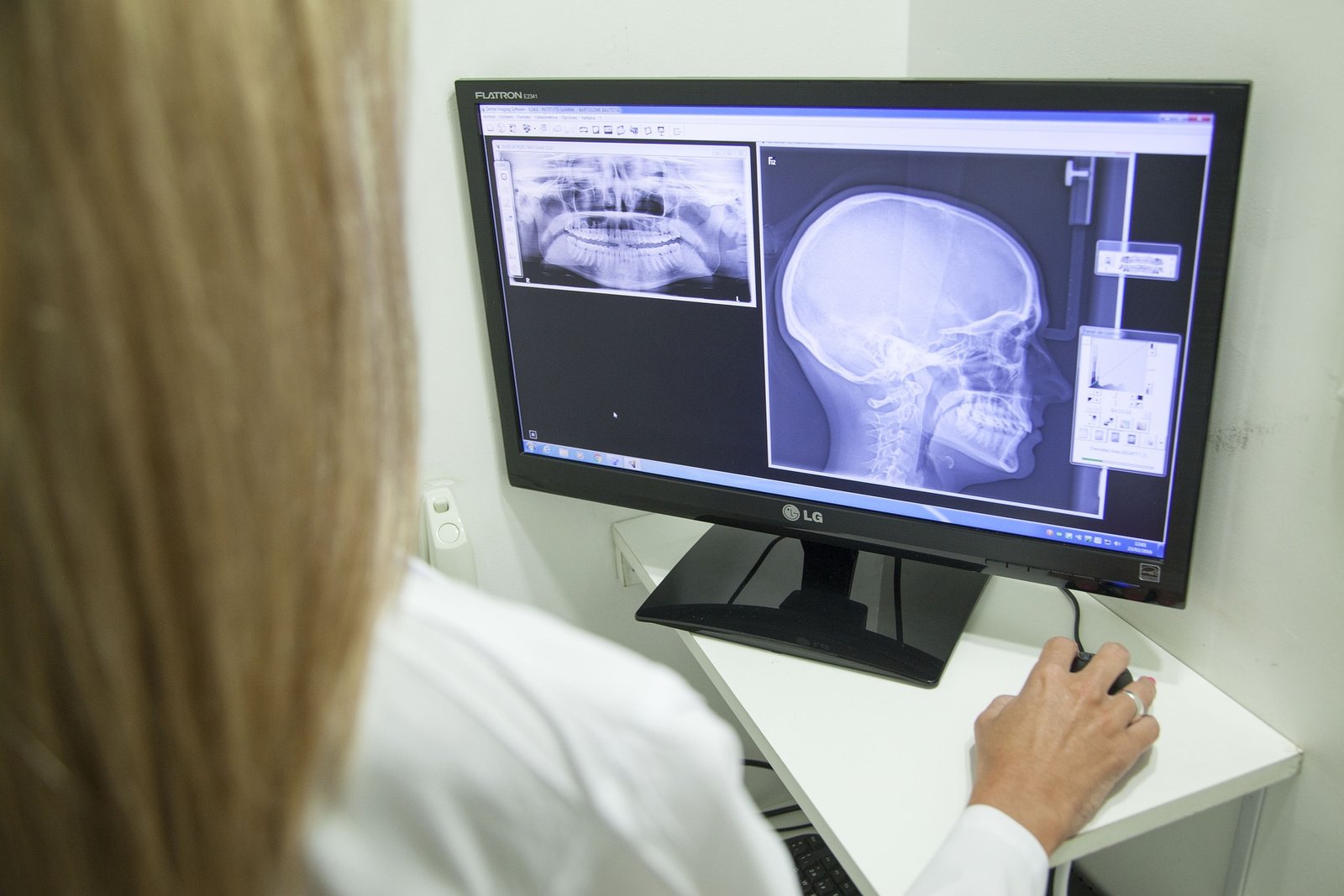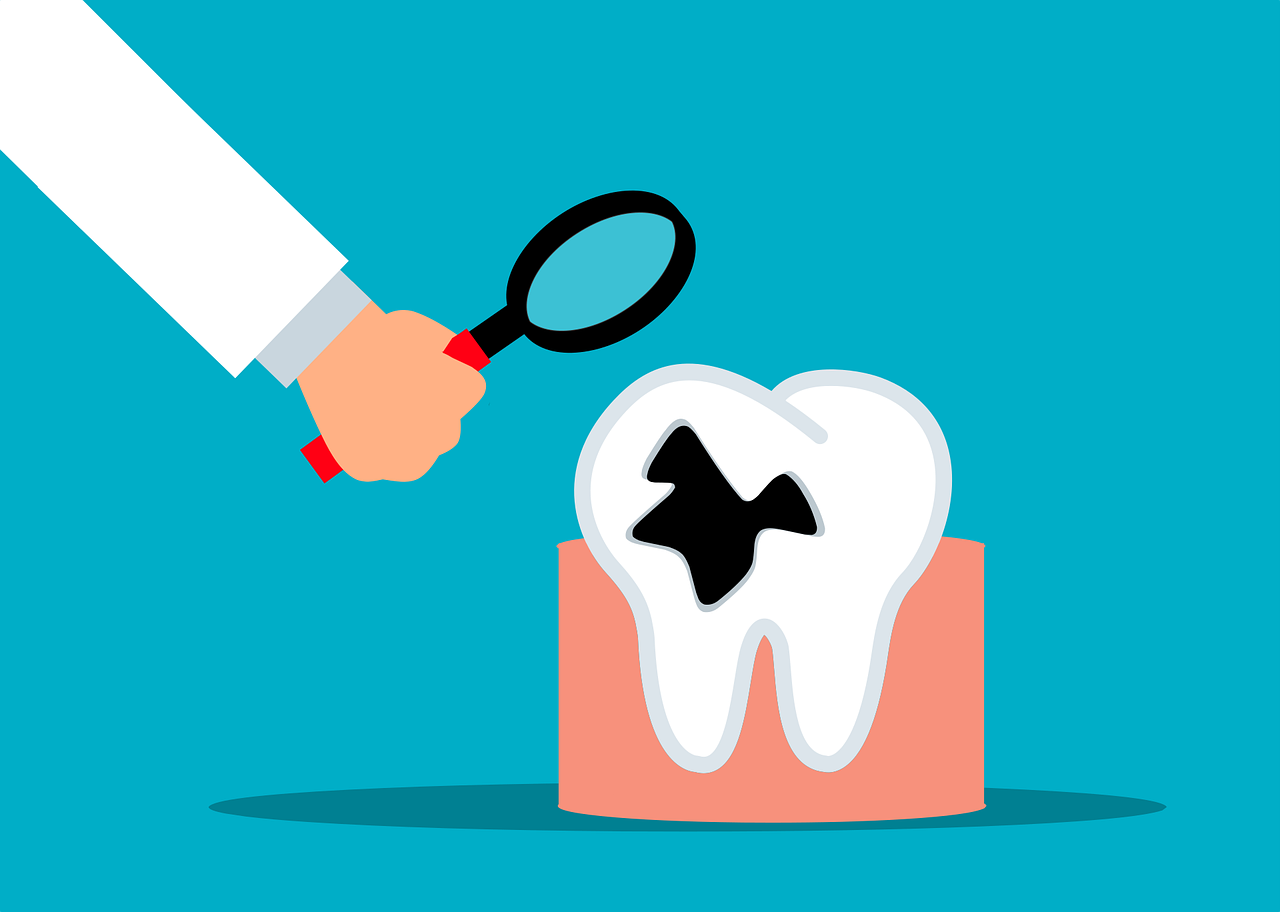Pain is defined as “an unpleasant sensory and emotional experience associated with, or resembling actual or potential tissue damage,” according to the International Association for the Study of Pain. A painful sensation is frequently brought on by strong or harmful stimuli. The majority of pain goes away after the body has healed and the noxious stimulus has been taken away, but it sometimes lingers even after the stimulus has been taken away and the body appears to have healed. Pain can occasionally appear without any obvious damage, disease, or trigger.
Any pain experienced in the mouth, jaws, or face is referred to as orofacial pain. Orofacial pain is a frequent symptom with numerous underlying causes. Orofacial Pain (OFP) is a dental specialty that deals with the identification, control, and alleviation of pain conditions affecting the jaw, mouth, face, and related areas. Orofacial pain disorders include temporomandibular joint (TMJ) disorders, jaw movement disorders, neuropathic and neurovascular pain disorders, headaches, and sleep disorders, among others.
Dental pain, or toothache, refers to pain in the teeth or their supporting structures that are brought on by dental diseases or pain that is brought on by non-dental diseases and directed to the teeth. When severe, it may affect daily activities like eating, sleeping, and exercising. Dentin hypersensitivity, apical periodontitis (inflammation of the periodontal ligament and alveolar bone around the root apex), dental abscesses (localized collections of pus), alveolar osteitis (“dry socket,” a potential side effect of tooth extraction), acute necrotizing ulcerative gingivitis (a gum infection), and temporomandibular disorder are among the common causes of toothache.
Different muscular disorders are also included in orofacial pain. Muscles are made up of specialized cells called Muscle Fibers that move the body while being controlled by the nervous system. The movements of the mandible that are both masticatory and non-masticatory involve the mastication muscles.
The masseter, temporalis, medial pterygoid, and lateral pterygoid are the four main types of masticatory muscles. To determine whether orofacial pain or any other related disease has a muscular basis, all of these muscles are palpated. Placing your fingers over the lateral surface of the ramus of the mandible will allow you to palpate the masseter muscle extraorally. The superficial muscle can be felt at three key locations: its body, along the lateral aspect of the ramus, where it inserts, and along the inferior border of the zygomatic arch. The most effective method of examination involves using both index fingers, one extra-oral (over the masseter muscle’s body) and the other intra-oral (near the extra-oral finger).
The temporalis muscle is felt by placing fingers over the patient’s temples. As a fan-shaped muscle, the temporalis is palpable at three different locations. The anterior temporalis is located just behind the orbit in a slightly depressed area, the mid or deep temporalis is located directly above the zygomatic arch on a vertical line with the TMJ, and the posterior temporalis is located directly over the tops of the ears.
The medial pterygoid muscle on the inner surface of the ramus is felt with the index finger. Two fingers can roughly be used to press upward and laterally against the inner bony mandible to feel the location of the medial pterygoid muscle’s insertion at the inferior inner surface of the mandible’s body. The lateral pterygoid muscle can be felt by inserting the little finger distally from the pterygomaxillary, or hamular notch, and facial to the maxillary teeth.
The displacement of the fracture is influenced by the contraction of the masticatory muscles. When a fracture is favorable, these muscles’ action reduces displacement. They typically tend to contribute to fracture displacement in the event of an unfavorable fracture. The masseter, temporalis, and medial pterygoid cause an upward and medial displacement of the proximal segment when the angle fracture is horizontal. The medial and lateral pterygoid causes the proximal segment to be displaced medially when there is a vertical angle fracture.
Myofascial Pain Dysfunction Syndrome, or MPDS, is a condition in which trigger points in the myofascial (face muscles) structure refer to unilateral pain or pain symptoms on one side of the face. Multiple symptoms of the condition include pain, tenderness in the muscles, restricted joint motion, and popping or clicking in the temporomandibular joint.
The masticatory muscles may become stiff, which can lead to trismus or limited or reduced mouth opening. The primary causes of a reduction in mouth opening secondary to muscular involvement include infection or pus in the tooth or gums, any trauma to the masticatory muscles, or pressure on the muscles causing irritation and spasm in the muscles.
The bacterium Clostridium tetani, which causes tetanus, releases potent endotoxins that destroy spinal inhibition and result in uncontrollable muscle spasms. When the masticatory muscles are involved, it can result in a “lock jaw”.
Additionally, the long-term illness of myasthenia gravis can cause muscle weakness by destroying acetylcholine receptors at the neuromuscular junction. This is categorized as an autoimmune condition involving the masticatory muscles, which can make it difficult to chew food and swallow. In addition to several other symptoms, it can also cause jaw-dropping.
By asking the patient to clench his teeth, you can check for masticatory muscle paralysis. The trigeminal nerve, the fifth cranial nerve, can effectively be tested for motor function in this way. Muscles on a paralyzed side won’t become noticeable on that side. The jaw will shift to the paralyzed side when asked to open.
A larger total mass of muscles and more actin and myosin filaments may contribute to muscular hypertrophy. While there is a decrease in the total mass of the muscle fibers during muscular atrophy, there is an increase in the actual number of muscle fibers during muscular hyperplasia.
Additionally, clenching of the jaw can cause bruxism and tooth grinding, while brief rhythmic contractions of the jaw can cause clenching, which can cause muscular pain and temporomandibular joint disorders.
Thus, it can be concluded that a variety of orofacial disorders result from the muscles in the facial region. It is our responsibility as dentists to inform patients that not all orofacial pain is caused by dental problems; rather, it may also be caused by disorders of the muscles, nervous system, joints, or other structures.
We attempted to cover all the facets of muscularly derived orofacial pain in this blog. I sincerely hope the information on this blog was helpful to you all. Please share your feedback in the box below.







